Safe Classroom Management
YouTube search: “Teacher gets in fight with student”
Results: “About 1,140,000 videos”
What is happening to our education system? How is this happening? Perhaps more importantly, why is this happening?
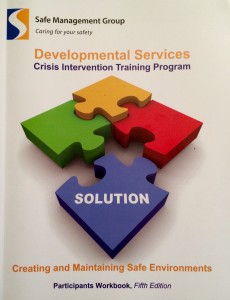 In the summer of 2015, I received my certification in Safe Management, which is a crisis intervention training program. This training help me immensely in my role of working with individuals that have varying disabilities, but little did I know just how relevant it could be to my future profession of teaching. More than anything, this training exposed me to the reality that at one point or another, we all can get agitated and act out, despite how we typically act on a regular basis. What is important about this is recognizing what is happening, why it is happening, and how to deescalate the situation.
In the summer of 2015, I received my certification in Safe Management, which is a crisis intervention training program. This training help me immensely in my role of working with individuals that have varying disabilities, but little did I know just how relevant it could be to my future profession of teaching. More than anything, this training exposed me to the reality that at one point or another, we all can get agitated and act out, despite how we typically act on a regular basis. What is important about this is recognizing what is happening, why it is happening, and how to deescalate the situation.
This idea of recognizing what is happening is outlined in Safe Management’s Aggression Escalation Continuum (displayed below). There are four levels of aggression presented: subtle, escalating, imminent, and physical. At each of the four levels of aggression, appropriate responses are presented as an indicator of how best to deescalate the situation. While teachers may never experience being the target of physical aggression, it is important to understand what to do in those situations, especially since we are responsible for the safety of every other student in the classroom.
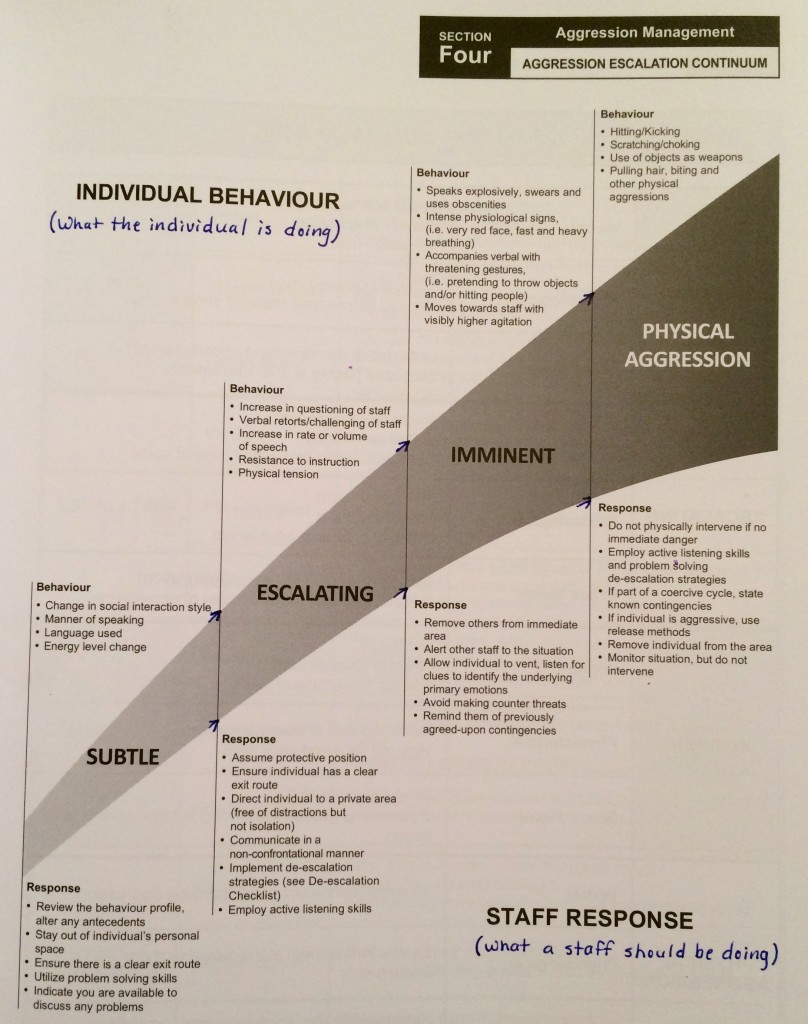
The Safe Management training further defined each of the aggression behaviours by providing examples of the verbal, psychological, and gross motor indicators associated with each stage of the aggression. And they didn’t stop there. They also provided the appropriate staff response to each of those behaviours.
However, there is more to creating a safe classroom environment than just preventing aggression. The training covered many important topics other than aggression; risk management, relationship management, behaviour management, and physical intervention concepts were discussed as well. The chart below addresses topics relating to relationship management, while presenting strategies and techniques to successfully achieve the outlined principles:
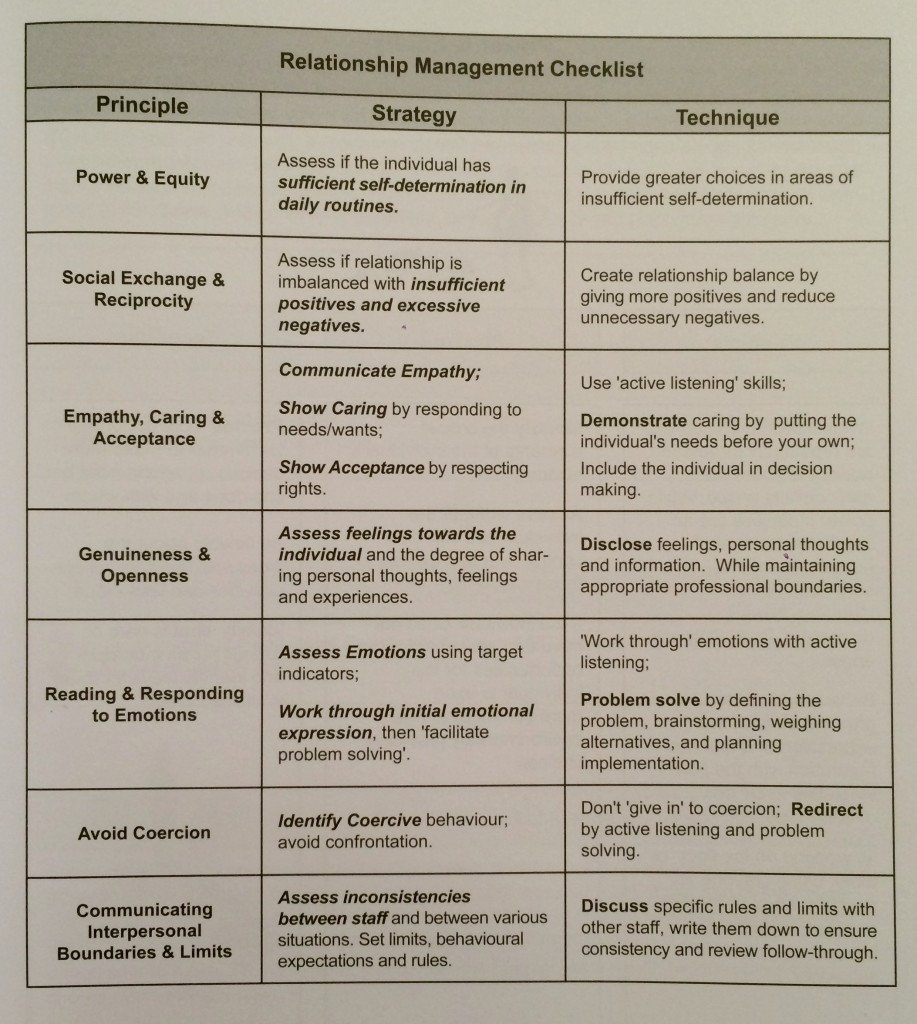
There are so many different approaches that teachers can take to addressing a student acting out, and it doesn’t always have to lead to a power struggle. While some teachers choose the humiliation method of addressing student behaviour, there are a number of reasons why this method is damaging to students. There is a great article on Edutopia that discusses student humiliation. Through further research on the topic of classroom management, I came across a number of useful resources. Edutopia had an entire database designated to classroom management resources.
I must say, the best resource I came across was from the Crisis Prevention Institute (CPI). CPI has a program that is very similar to Safe Management entitled Non-Violent Crisis Intervention. They constructed a manual especially for teachers called “Remain Calm & Respond Right When A Student Challenges!“. I strongly recommend that teachers and Bachelor of Education students should check it out!
Ideally, students will enter our classrooms each and every day with a positive attitude and an eagerness to learn. However, if it means that I get to keep myself safe while also keeping my students safe, then I will learn about as much classroom management as possible.
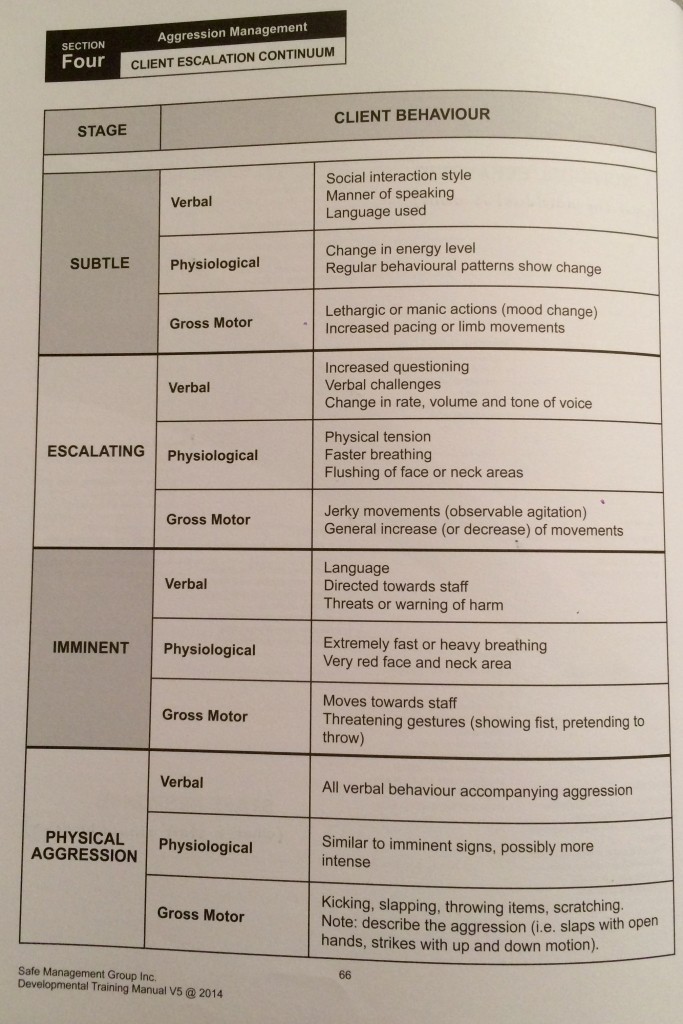
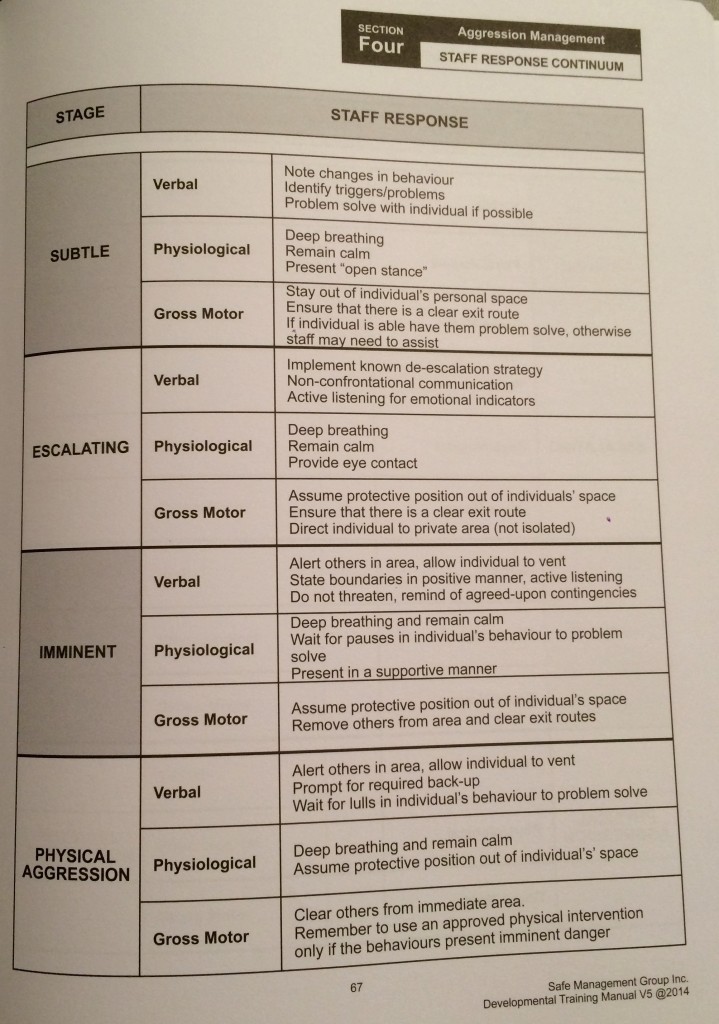
Thanks for sharing this great info!
This was a great share! How can I get a copy of the “Developmental Services” book?